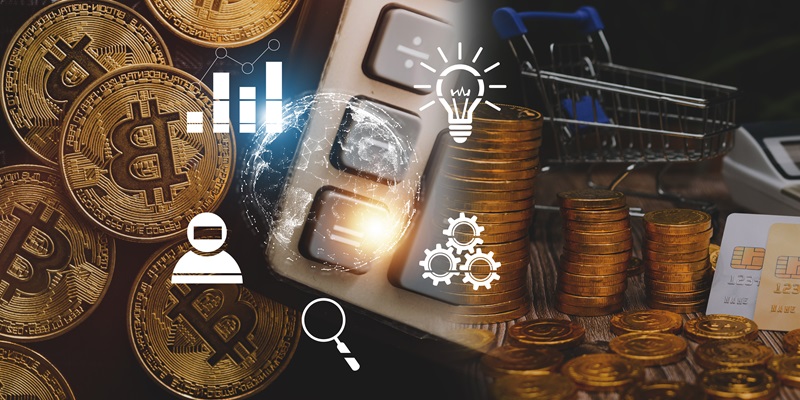In the dynamic landscape of the digital economy, the Dubai International Financial Centre (DIFC) has become a key hub, thanks to its innovative legal framework tailored for digital assets. With an eye on the pivotal role that blockchain and digital assets play in contemporary finance, the DIFC has introduced a trailblazing Digital Assets Law. This legislation aims to navigate the regulatory pathways for digital assets, encompassing tokenization and advancements in fintech. The DIFC’s initiative reflects a strategic move to position itself at the forefront of the digital transformation in financial markets, fostering a secure and robust environment for investors and companies engaged in the digital asset space. This proactive approach ensures the DIFC remains competitive and aligns with global financial trends, further cementing its status as a major financial ecosystem adept at adopting cutting-edge technologies.
Laying the Foundation with Digital Assets Law
The DIFC’s Digital Assets Law marks a critical step in formalizing the domain of digital assets within a robust legal structure. With this initiative, the Centre aims to define the legal characteristics of digital assets, detailing how they can be secured, controlled, and transferred. At the heart of this legislation is the desire to imbue digital assets with legal certainty, which is pivotal in nurturing investor confidence and fostering market growth. This law encompasses various facets of the digital asset sphere, including the responsibilities of digital asset custodians and the registration of digital asset offerings.
This pioneering move places the DIFC alongside other forward-thinking jurisdictions that have integrated digital assets into their legal and financial systems. By catering to the nuanced needs of digital transactions, the DIFC is positioning itself as an attractive hub for both regional and international investors looking to engage with the digital asset markets. The law is not only a testament to the DIFC’s agility in adapting to technological advancements but also a signal of its intention to sustain a competitive edge in the global financial landscape.
Modernizing the Law of Security
The Dubai International Financial Centre (DIFC) has revamped its security law in line with the UNCITRAL Model Law on Secured Transactions, accommodating the handling of digital assets. This legal update enables more transparent and consistent processes around the creation, perfection, and recognition of security interests, essential for the burgeoning field of digital finance. Notably, the DIFC now treats digital trade documents on par with traditional paper ones, recognizing the benefits of digitization in trade finance and paving the way for innovations like blockchain.
This proactive regulatory approach affirms DIFC’s status as a pioneering financial hub and illustrates how jurisdictions can efficiently integrate digital assets into their legal systems. As the digital asset domain grows, the DIFC’s evolved legal framework is well-placed to spur expansion and attract digital finance innovation.

